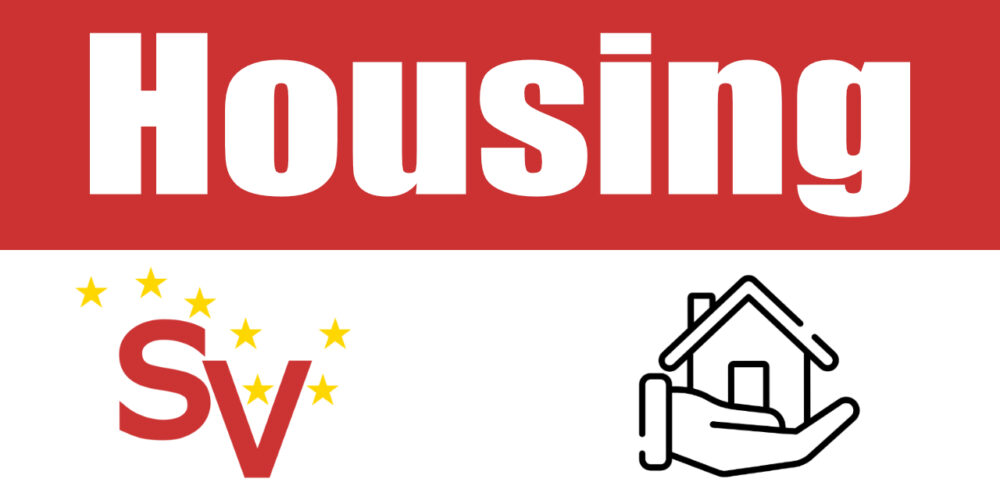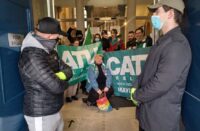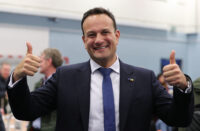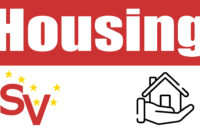As we approach the middle of winter the number of homeless people in Ireland climbs above 10,000, more than 3,000 of whom are children. The number of homeless people has grown by 2,593 since august 2021 and by 237 since July this year.
In whose interest is it to keep so many people in homelessness? With the majority of landlords in the Dáil being in Fine Gael and Fianna Fáil, profiting from rising rents and lack of housing, we can see that it is in the interests of the state to keep a number of people homeless. By having a homeless population, landlords can point and say, “If you don’t pay your rent, that’s where you’ll end up.”
With rents going up, and a minimum-wage job unable to keep up with the rising costs, young people are particularly affected, with nearly 4,500 people under twenty-four homeless. The real number is surely higher, with invisible homelessness being uncounted, such as those who “couchsurf” (obtain temporary accommodation in other people’s homes).
The state, instead of building housing for the people, has sold off public land to vulture funds for overpriced housing developments and evicted people from squats, under the pretence that they are to be used for the exact thing those people are evicted for.
James Connolly House, set up by the Revolutionary Housing League, is one example. Eighty armed gardaí raided 12–14 Eden Quay, Dublin, with the claim that the building was to be used for Ukrainian refugees. However, since then it has remained empty.
A more recent action carried out by the state was another reclamation of a dormant building in School Street. Gardaí evicted those who were accommodated in the building, which was only two people at the time. They had no lawful right to do this.
Those homeless who would seek shelter with the Revolutionary Housing League took up residence in Anne Devlin Park with tents. The Gardaí were quick to begin harassing those who did so, and even arrested and beat one homeless man. Those who did take up residence in the park are now afraid to return.
Building public housing, and housing those who are homeless, is how we will end the homelessness crisis. Building houses takes time, and we need available facilities for those who do not have regular access. While building public architecture, the state takes homeless people into account. Benches are given an extra bar in the middle to stop people lying on them, and seats at bus stops are more uncomfortable to sit on than standing.
However, it’s not just the state that takes the homeless population into account. Restaurants, pubs and cafés often require you to be a customer to use toilet facilities, while some go so far as to put pass-code locks on the doors. With a lack of publicly available facilities, especially for homeless women and those who are homeless with children, people are being pushed into having to pay for those facilities. Homeless women in particular need access to hygiene products, which are already overpriced.
Women who are homeless have often escaped domestic abuse. Past experiences such as domestic abuse can cause women to feel uncomfortable or threatened by men while in homeless shelters.
As winter deepens, those evicted from houses set up by the Revolutionary Housing League and from parks will feel the colder months the most. These people are cold and hungry but are treated as filth that needs to be swept into a corner, out of sight, out of mind.
The state has failed to provide for its people. We need a revolutionary change. The movements to bring about this change have started, and the state will do everything within its power to stop them.
Resources:






